Sydney housing crisis: How New York, London are combatting affordability, shock homes comparison
Sydney has become so unaffordable that historic castles in Scotland, medieval castellos in Tuscany, and chateaus in France are cheaper than fibro homes in Sydney’s west. See how other cities are battling the housing crisis.
NSW
Don't miss out on the headlines from NSW. Followed categories will be added to My News.
Sydney has become so unaffordable that oceanfront properties on the French Riviera, historic castles in Scotland, medieval castellos in the Tuscan countryside, and chateaus of France are cheaper than fibro homes in Sydney’s west.
Leaders in London and New York told The Daily Telegraph they have taken the upper hand on their own housing crises by rezoning commercial and government land to build hundreds of thousands of homes in the heart of their cities, as the NSW Government and Sydney councils tussle over how to combat our own housing issue.

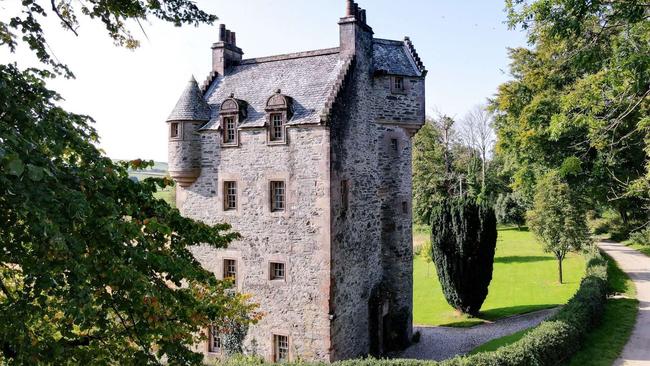
London Mayor Sadiq Khan and New York City Mayor Eric Adams pushed their councils to fund and developed their own social and affordable housing, and fought NIMBYS by increasing density and building heights in the CBD to offer more homes where people want to live.
In Metropolitan London, Mayor Sadiq Khan has spent £4 billion in government funding to fast-track 116,000 “genuinely affordable homes” through the city’s planning system, while the

London Assembly itself has funded and built 25,000 homes between 2015 and 2023.
Mayor Sadiq Khan is also funding the construction of 40,000 additional council homes by the end of the decade, with the construction of 89 homes started every week by London councils.
A spokeswoman for the mayor said the city was set to use this program to “maximise the number of new affordable homes in London”.

In New York City, Mayor Eric Adams has rolled out City Hall’s most significant “pro-housing set of zoning changes in the city’s history”, which will see 108,850 homes built in former commercial and government-owned land and higher density development over the next 15 years.
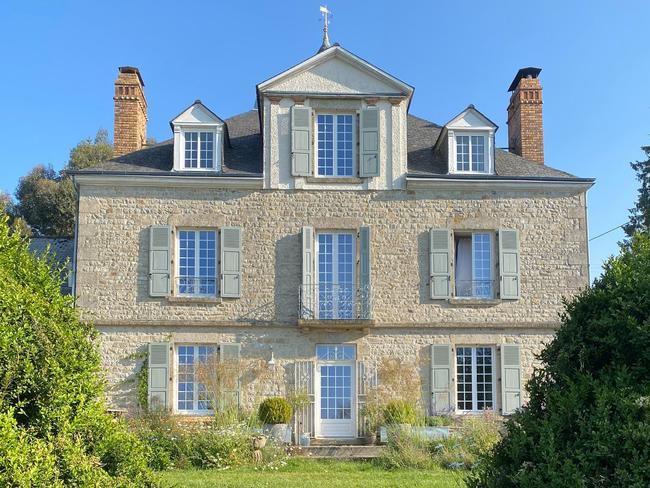
The mayor said he was pushing NIMBYS aside to increase densities and height limits to “think bigger and act faster” to combat the housing crisis.
“For too long, New York City has been at the mercy of folks who have said no,” he said. “We continue to proudly say yes, yes to building more affordable housing in my backyard, in my neighbourhood, and on my block.”

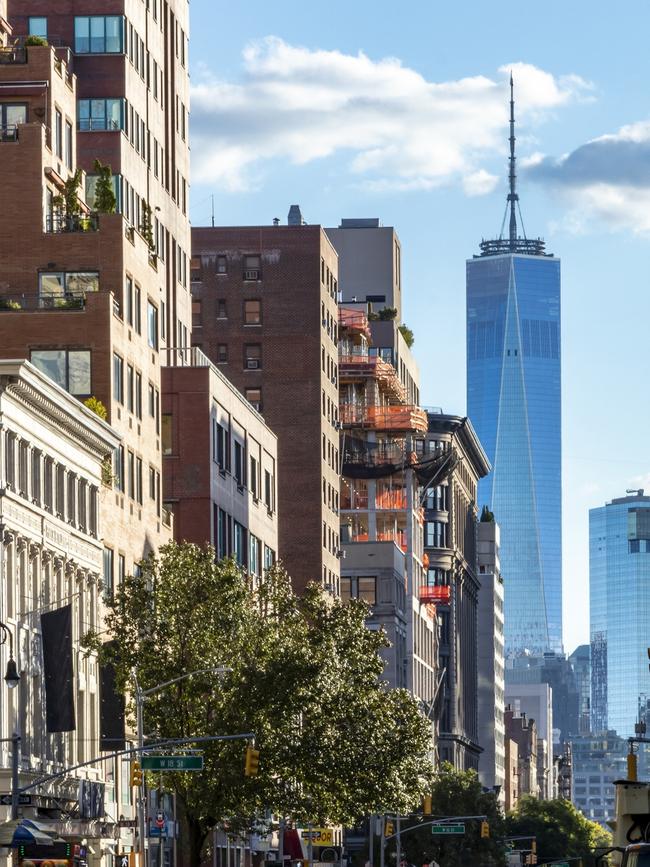
Before the reforms were installed a total of 27,980 homes were completed in New York City last year, with a further 105,431 homes in the construction pipeline, including 45,148 homes in Brooklyn, 23,677 in Queens, and 18,467 homes in the works in Manhattan.
New York City Council also used taxpayer funds to finance the creation of 14,227 new affordable homes last year.
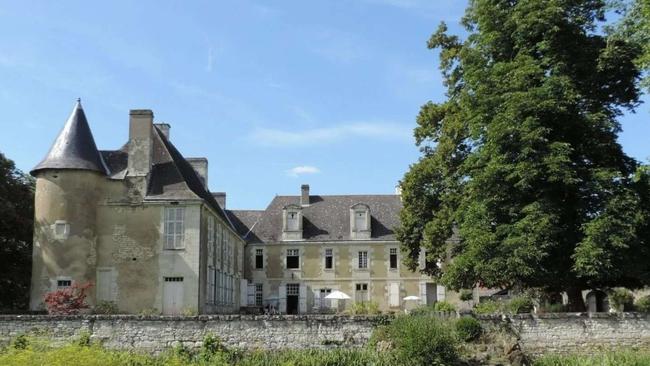
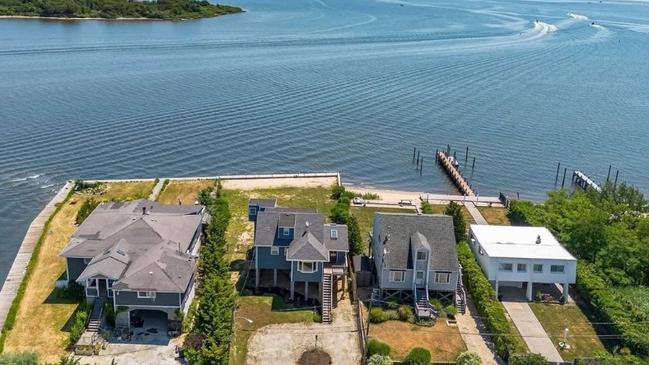
In comparison, NSW Planning data revealed just 21,250 new homes we built across 33 local government areas that make up Greater Sydney last year.
Urban Taskforce boss Tom Forrest said Greater Sydney’s status as an international city was a laughing stock on the world stage due to its separation of housing, “leaving the CBD bare”.
Sydney housing crisis: ABS data reveals 43,000 inactive dwellings across NSW
Empty Sydney CBD: 916 empty commercial, retail spaces revealed
“International cities such as New York and London blend their housing through the central business district, alongside commercial, retail, hospitality, and tourism,” he said. “That is why New York is the city that never sleeps, it has people living in all areas of it.
“We need people in the city to make it appealing, but we won’t convert empty office space into homes because of blanket regulations.”

The Taskforce chief said Sydney was falling behind other international juggernauts like Tokyo, Paris, London, and New York “because of crippling urban sprawl, rather than high-quality, high-density development that can be serviced by world-class infrastructure”.
The development advocate argued the NSW Government and local councils should follow in the footsteps of London and New York and dramatically increase its funding and development of social and affordable housing, “rather than rely on first-home buyers entering the market to foot the bill”.
Economist and political analyst Dr Andy Marks agrees, telling the government to put its money where its mouth is to fund social housing through developer contributions.
“Sydney can learn from, and improve on, rapid-build housing projects in cities like London, Paris, and New York,” he said.
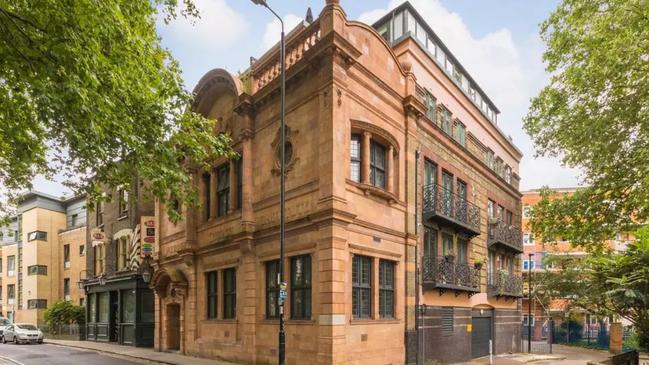
“These projects work because they have affordability, not profitability, at their core.
“The public sector needs to step up – initially, that will require government financing of pilot rapid-build projects to prove their viability.”
Dr Marks said councils needed to move out of the way of government plans for rapid-build development.
“In Sydney’s CBD, state and local authorities must commit to accelerating zoning conversions from commercial to residential in areas where workers are choosing to work remotely.”
NSW Planning Minister Paul Scully told the Daily Telegraph Sydney was following in the footsteps of other international cities.

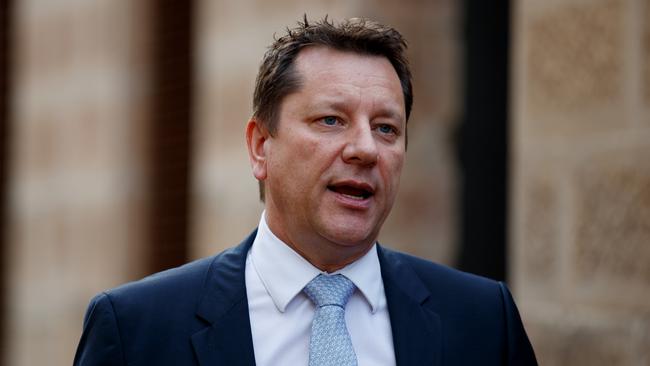
“Sydney is now one of the least affordable cities in the world,” he said. “We are throwing the kitchen sink at reforming the planning system to address the housing crisis.”
The Planning Minister said the government was open to ideas being executed to address affordability around the world, including large-scale, government-built social and affordable housing.
“Only last month the NSW Government announced the largest ever investment in the state’s history with $5.1 billion dedicated to delivering social and affordable housing and a land audit that will unlock 30,000 homes including 8,400 public homes built by the Government.
Meanwhile, City of Sydney Mayor Clover Moore said owning or renting in Sydney was becoming “incredibly difficult or out of reach for many”.
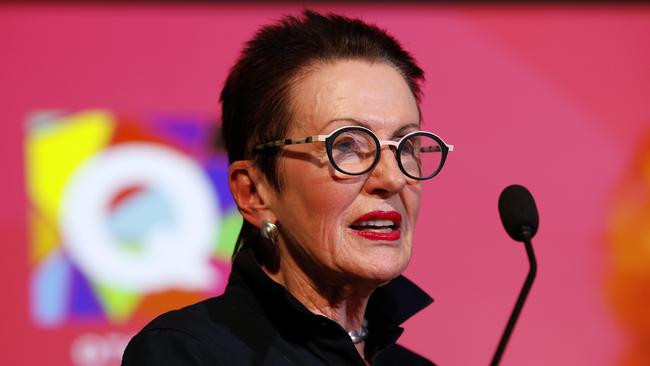
“The problem is particularly acute in the inner city,” she said. “While housing is the responsibility of the state government, the City of Sydney is using every lever in its power to contribute – because affordable housing is essential for a diverse, cohesive, and economically successful global city, and more importantly, is a basic human right.
Cr Moore said the city was on track to deliver over 4,700 homes by 2036.





